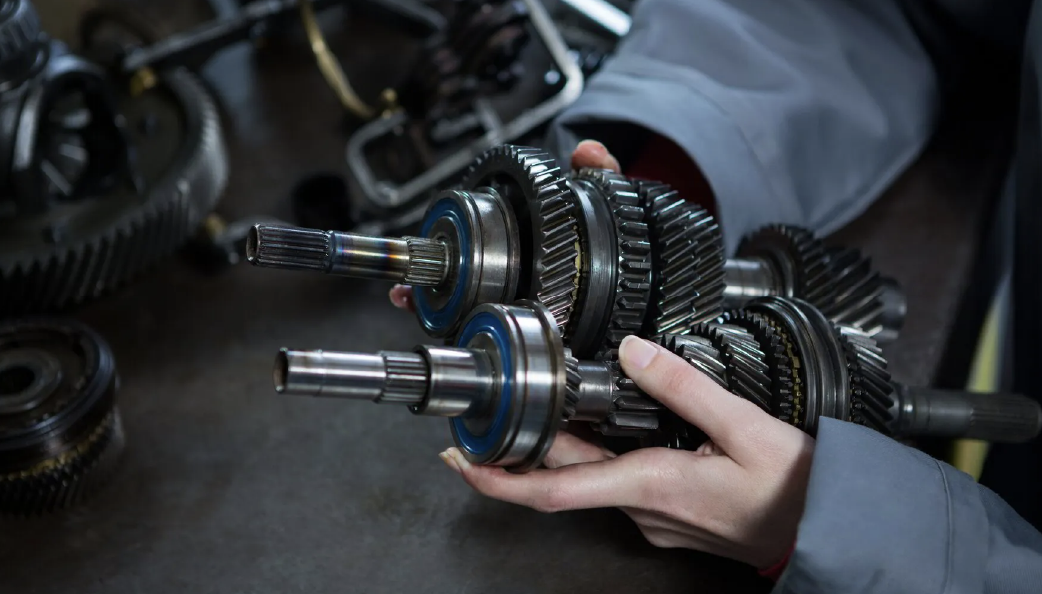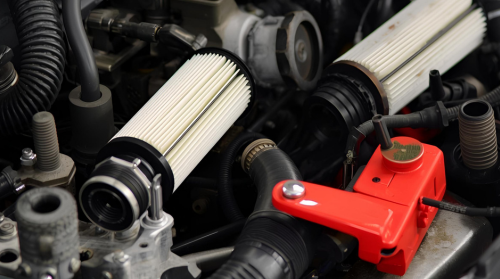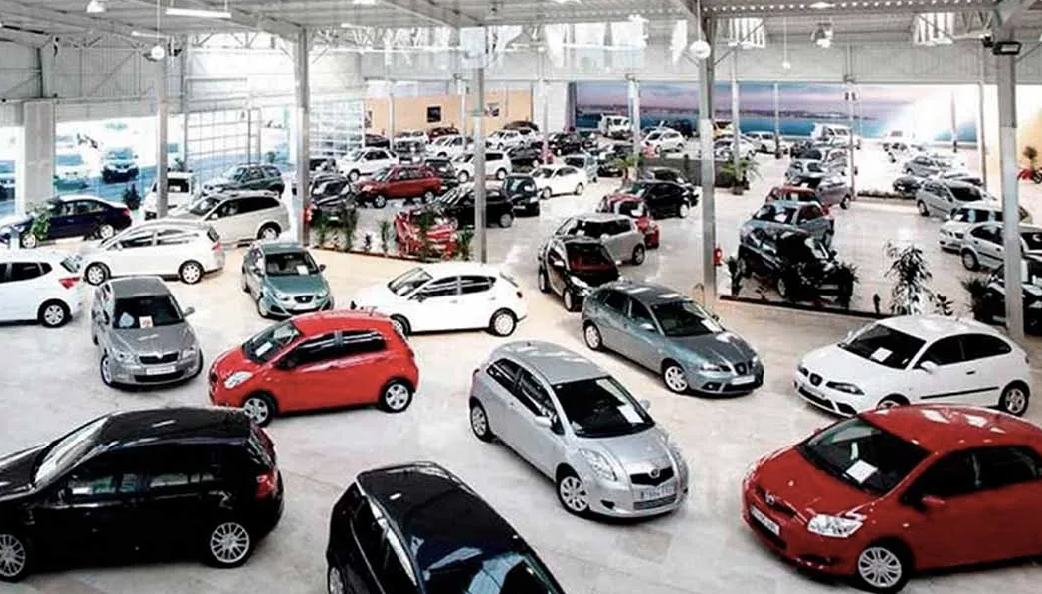The sale of auto parts in Latin America is undergoing a transformation driven by the growth of e-commerce and the growing choice between offering original or alternative parts. This is not just a matter of price or brand — it's a business strategy that must adapt to each country's economic context and consumer behavior.
With the digitization of catalogs, pricing, and inventory, the industry is moving toward a more efficient and connected operation. How is the market adapting to current challenges? What do consumers want, and how can distributors meet this demand?
A market in motion: digital growth figures
According to the Global Payments Report by Worldpay (FIS), e-commerce in Argentina will exceed USD 40 billion annually by 2026 — double the amount in 2022. In Mexico, online sales grew by 23% in 2022, according to AMVO.
These figures confirm that the digital channel is no longer optional — it’s essential. On marketplaces like Mercado Libre, the auto parts category records over 61 million monthly visits and grows 5% year over year.
What do consumers choose?
Original parts, manufactured by OEMs, remain in high demand — especially for new or premium vehicles. Known for their strict quality standards, they provide safety and superior performance. However, high prices and limited availability can be barriers, especially in countries with reduced purchasing power.
In Argentina, for example, the vehicle fleet is aging, pushing workshops and retailers to seek more affordable solutions for cars older than 10 years, which make up a large portion of the market.
Alternative parts: variety and accessibility
Produced by independent manufacturers, alternative parts have gained popularity due to lower costs and better availability. While they may not carry the original brand, many meet equivalent functional standards and even offer warranties.
Their growth also meets technical needs: with broader compatibility across models, sellers can serve more customers with less inventory. This is crucial in countries facing import restrictions or logistical costs.
The role of digitization in auto parts sales
Digitizing catalogs enables precise matching of parts to multiple models, automates pricing, and keeps inventory updated in real time. This not only prevents costly mistakes — like selling incompatible parts — but also streamlines operations for workshops, retailers, and consumers.
Examples:
- Mechanics can find the best part based on model, year, and engine.
- Retailers can manage inventory with automatic alerts.
- Consumers can compare prices and purchase with more confidence.
- These advantages make online channels not just more convenient but also more operationally efficient.
Imports and production challenges
Macroeconomic conditions also impact the market. In Argentina, OEMs increased auto parts imports by 15.6% from 2022 to 2023, reaching USD 5.7 billion in the first nine months of 2023. In contrast, aftermarket imports — for workshops and retailers — declined, affecting product availability.
This asymmetry highlights the need for flexible strategies to serve the active vehicle market.
How to sell auto parts more effectively in LATAM?
An effective strategy is not just choosing between original or alternative parts. It involves:
- Identifying which vehicle segments you’re targeting.
- Publishing detailed compatibility information.
- Keeping prices and inventory digitally updated.
- Offering a seamless buying experience with clear technical and logistical information.
In digital sales, every click can be a sale — or a costly return. Tailoring your digital strategy is essential for growth.
Bridging the gap
Digitization is closing the gap between distributors and consumers. Easier access to reliable information, better comparison tools, and on-time deliveries are transforming how auto parts are sold in Latin America.
While original parts will remain key for quality, alternative options continue to grow thanks to affordability and extended compatibility. Success lies not in choosing one or the other, but in building a digital strategy that is clear, flexible, and user-focused.











